The soils of the Fens are highly variable from mineral soils (on higher ground, roddams, in the Silt Fens etc), to organo-mineral soils (that were formerly peat soils) and remaining peat soils in some of the drained areas. Each soil type offers different current and future opportunities for its use, depending on soil properties, peat depth and drainage status. However, most soil maps covering the Fens date back to the 1980s (or earlier) and it is likely that, due to peat wastage, the area and thickness of peat soils has declined with associated increases in the area of organo-mineral soils.
The Landscape Mapping workstream aims to improve our understanding of the current condition of Fenland soils and future land management opportunities. We are doing this through a farmer-led mapping approach that utilises the knowledge of farmers regarding their soil types, land productivity and land drainage systems to identify ‘opportunity maps ’of the best potential areas for future continued high-value crop production, for conversion to less intensive farming systems or for re-wetting and wetland recreation. The outputs from the workstream can contribute towards a future multi-functional Fenland landscape that continues to deliver high-value and high-quality food, helps agriculture contribute to net zero, has improved nature and biodiversity and is more resilient to floods and droughts.
Supported by the industry for our farms, our environment and our future.







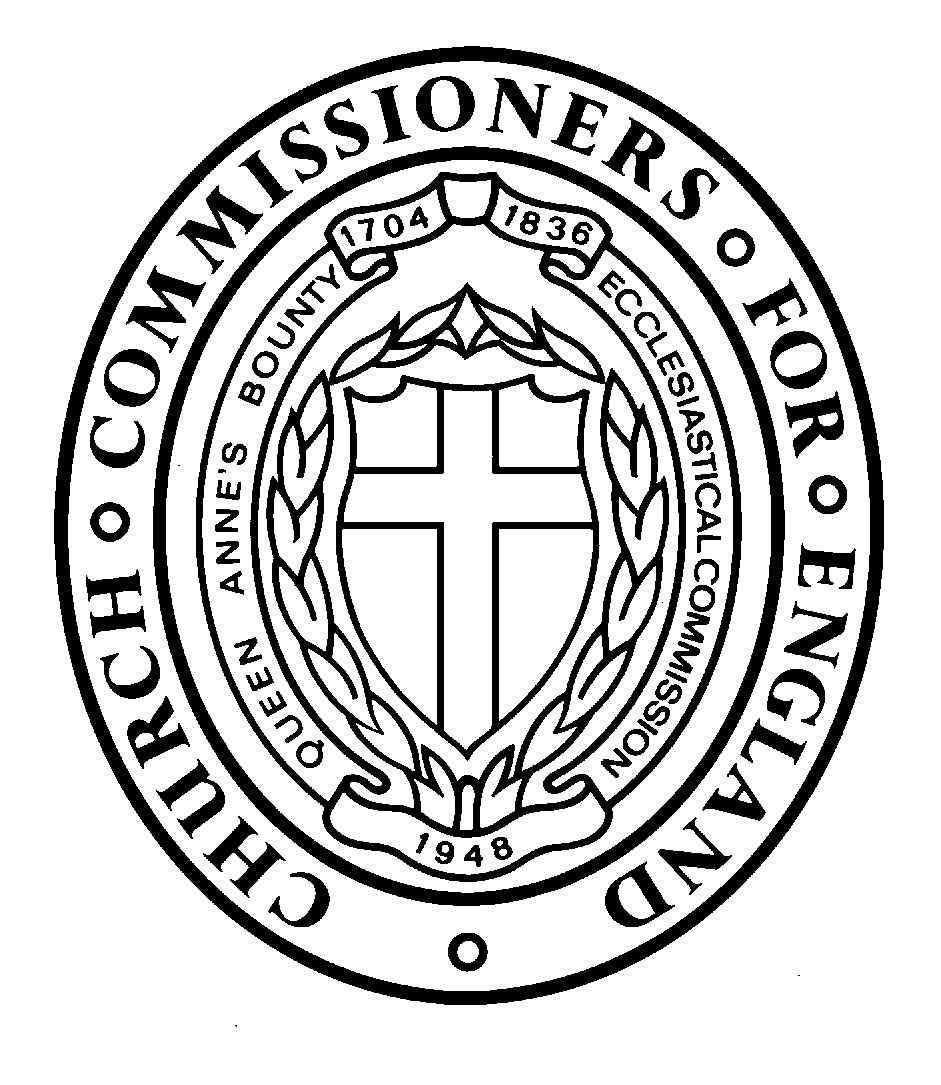
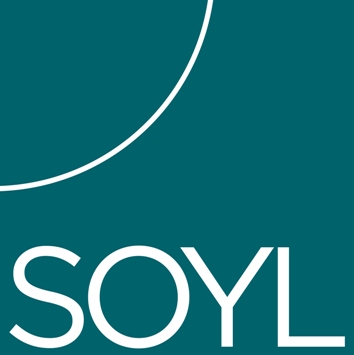
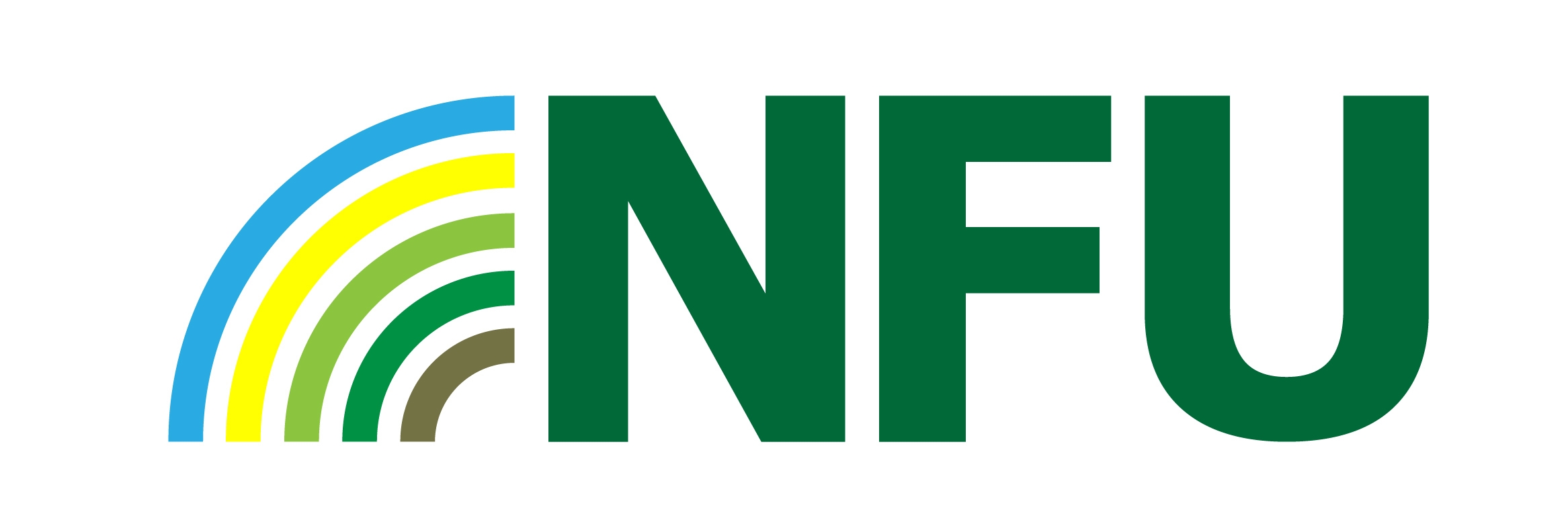
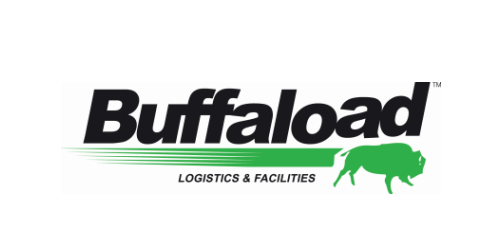
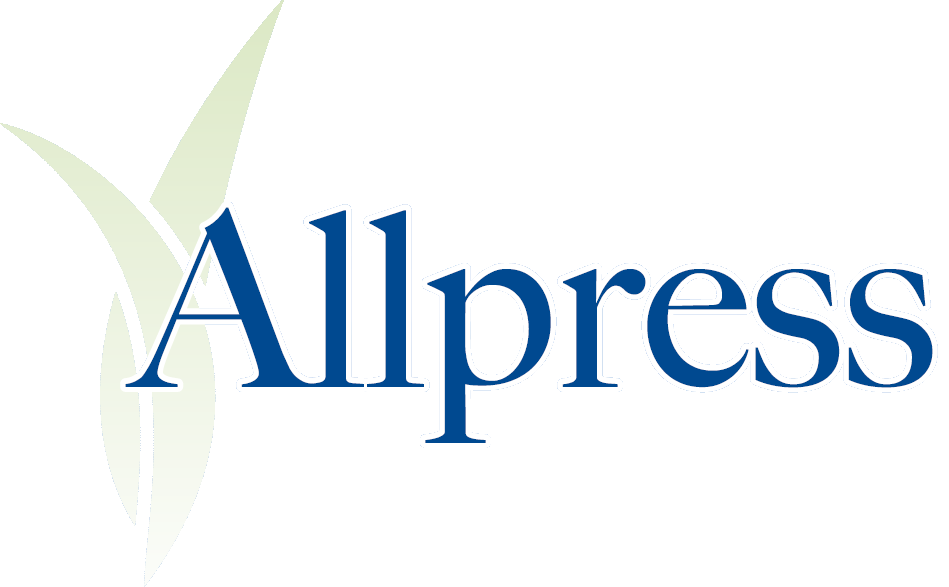


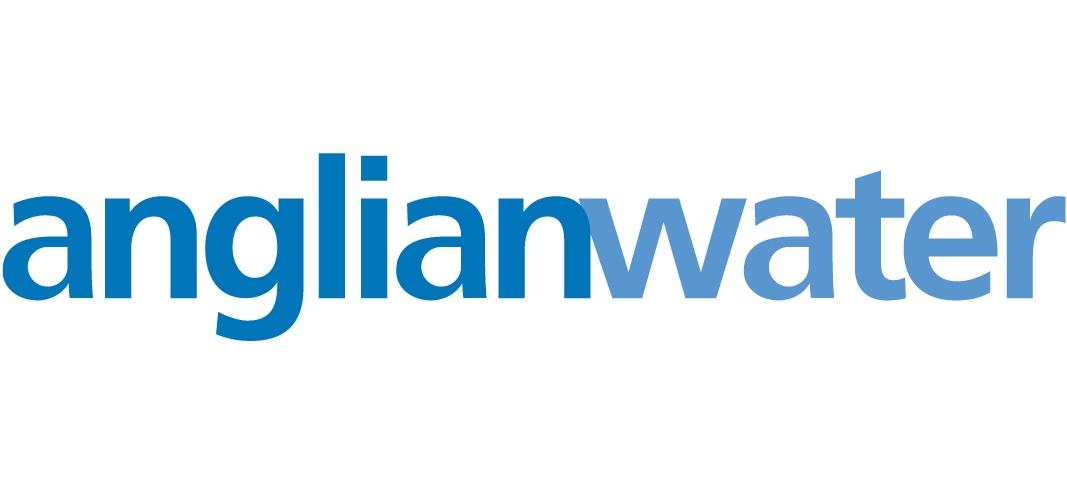
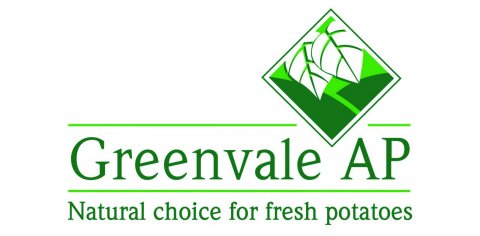

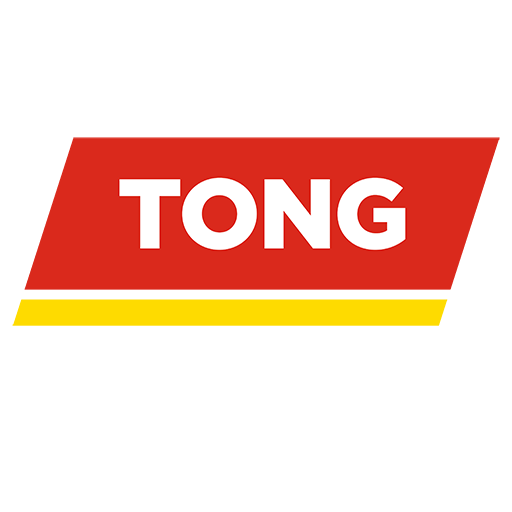
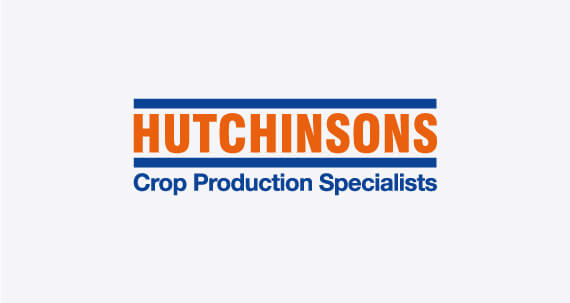
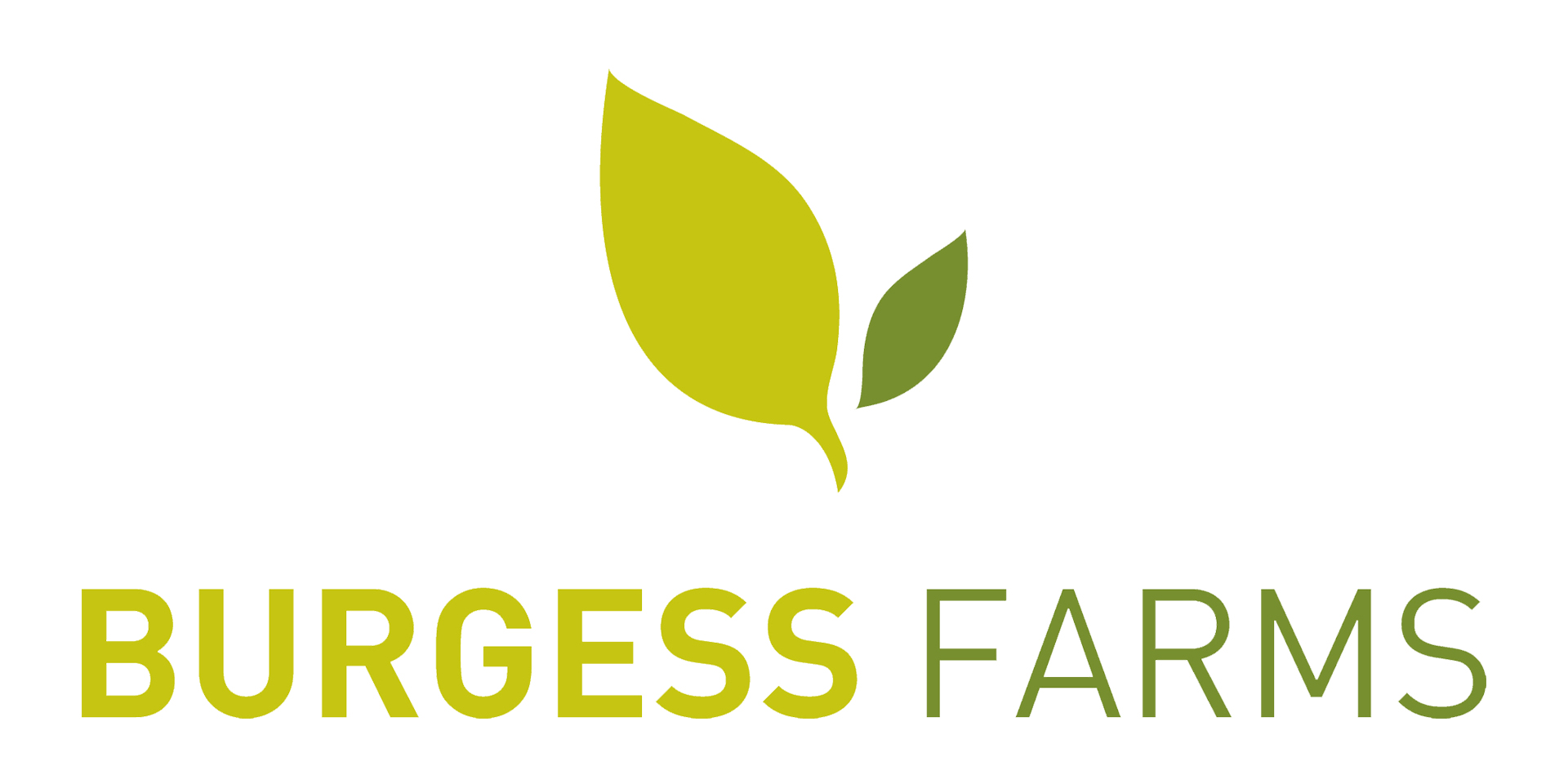
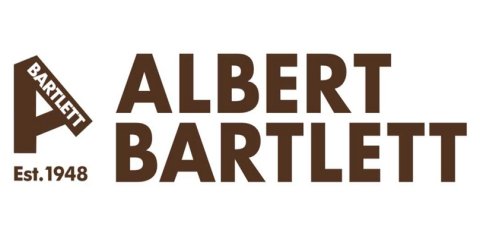

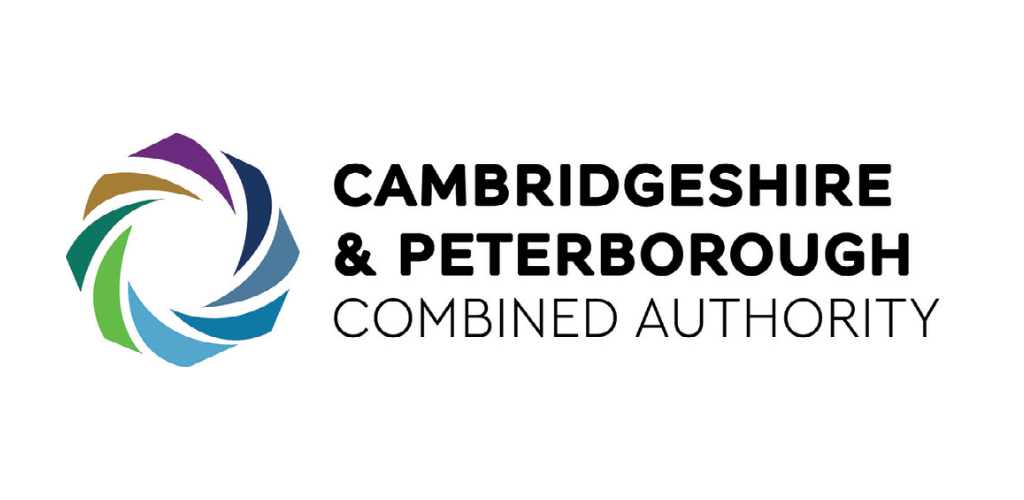
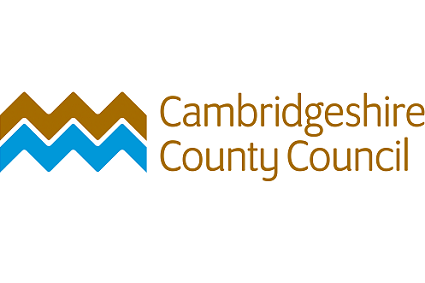
Fenland SOIL is a not for profit organisation that aims to inform and develop ‘whole farm’ land use policies, to achieve climate change mitigation and biodiversity enhancement in the Fens.
Complete the details below to be added to our mailing list: